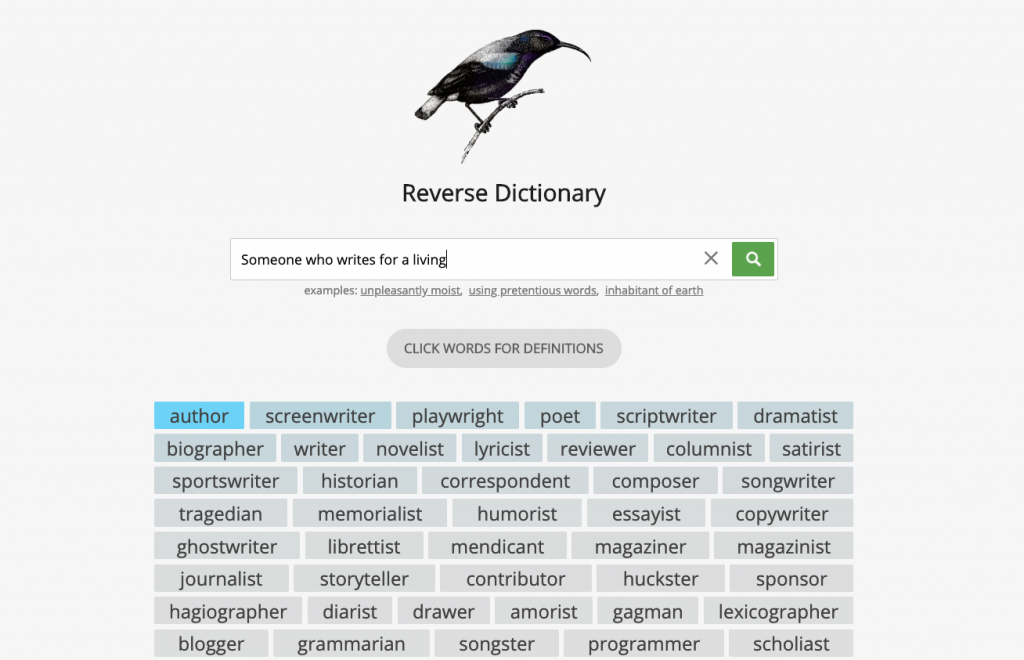
20 Feb Stop losing your sh!t while writing: 12 online tools you need to know about
So you’ve been tasked with creating next month’s blog article, email newsletter or advertisement. But as we all know, writing can sometimes make you want to hurl profanities left, right and
We
So here are some of the most common frustrations we bet you’re shouting – along with some handy online tools to save the day!
1. ‘ARGH my sentences are so confusing!’‘
Introducing the Hemingway Editor.
This handy online tool highlights readability issues in your content so well, it’ll keep your doubts at bay. With its help, you can identify:
- Long and difficult sentences
- The pesky passive voice
- Big words that confuse rather than compel
And if you’re looking for an objective way to measure the readability of your writing, Read-able is your answer. This free online resource calculates the readability score of your writing – and explains why.
As a rough guide, you should aim for 60.00-70.00, the average reading level of a Year 9 student.
2. ‘What’s another word for f**king ‘high-quality’?!’
Whether it’s ‘high-quality, ‘unique’ or our all-time favourite ‘passionate’, repetitive words breed dull writing. And if you’re sick of writing the same thing, you can bet your audience will get sick of reading it.
Although your first choice might be Microsoft Word’s thesaurus or thesaurus.com, let us be the Aladdin to your Jasmine – and show you a whole new world through Power Thesaurus.
Unlike other online tools that offer just a drop in the ocean, Power Thesaurus blends the brainstorming of thousands of people to give you a huge bank of crowdsourced alternatives.
3. ‘DAMN I hate writing headlines!’
We feel your pain. In fact, we’re usually screaming the same thing.
To make this a less torturous task, try Blog About – an easy-to-use online tool that offers countless SEO-friendly headline options.
There are also many books to help you resolve this creative conundrum. One that we highly recommend is ‘Words that Sell’ by Richard Bayan because it holds many headline, slogan, word and phrase ideas. (But beware, there are a few clichés here and there.)
Still no luck? Then spice up what you already have with some power words, such as instant, proven and transform. These are strong terms that evoke emotions and drive action.
4. ‘Bullocks this is boring…’
There are a lot of effective techniques to make your writing engaging. Two of them are rhymes and alliterations – which you can easily whip out with the help of:
- Rhymezone: Simply type in a term and it’ll generate a list of rhyming words and phrases. You can also use it to search for relevant poems, pictures… and even Shakespeare quotes!
- Positive words research: Make your content positive, and you’ll make it powerful. Create upbeat alliterations by typing in the starting letter you want – and be prepared for rows and rows of options!
These techniques are effective because they project a friendlier and more memorable personality, which can help you connect with readers on a deeper level.
But a word of warning: use them in moderation (after all, you’re writing for a business, not a poetry slam).
Here are some tasteful rhymes and alliterations we’ve created using these handy sites:
- Alliteration: We blend pride, passion and purpose in every stroke
- Alliteration: From a run-down team… to a resilient tribe
- Rhyme: At Refresh Marketing, trust is a must
- Rhyme: We’ll capture your day… the authentic way
5. ‘F@#%, what’s that word again?!’
Well, well, well, it sounds like you need the Reverse Dictionary.
With this free tool, all you have to do is enter the meaning of the term you need – and it’ll generate a list of words and phrases that match.
Here, let me show you.

Now you can say ‘Toodle-oo!’ to those terrible tip-of-the-tongue moments.
6. ‘Sh!t… I’ve got writer’s block AGAIN!’
Then get your creative juices flowing – with a ‘swipe file’.
Every time you see a headline, word, sentence, phrase, paragraph or tagline you adore, copy and paste it into your swipe file. You’ll be surprised by how much time (and energy) this can save you down the track.
For a more ‘in the moment’ solution, try googling motivational quotes.
Not just helpful for healing heartbreaks, these can teach you about creating cadence (the natural rhythm of a sentence) and an aspirational voice. They’re also great for inspiring creativity when you need it most.
7. ‘For f**k’s sake, how did I miss THAT?!’
For proofreading pests, use Microsoft Word’s handy ‘Read aloud’ tool (also under the ‘Review’ tab).
Why? Because it gives your brain a break.
When you stare at a document for too long, your mind gets used to the content. It spots the first letter of a word and anticipates the rest. As a result, you stop reading carefully – and errors start hiding in plain sight.
By reviewing the content through your ears instead, you’re ‘refreshing’ your brain… so it’s easier to pick out pesky proofreading problems.
Have any other online tools up your sleeve? Then we’d love to know!

